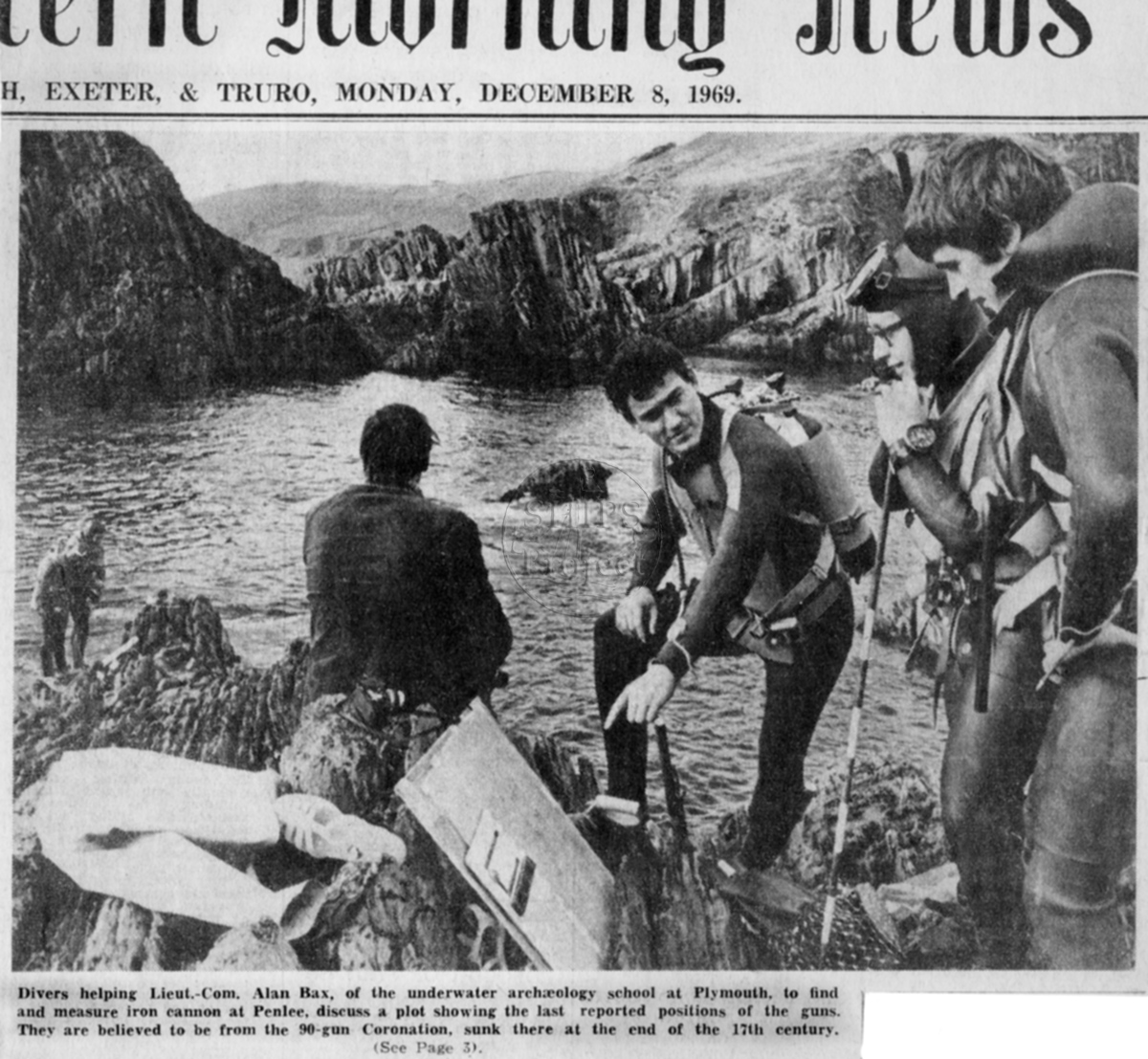The SHIPS Project is a non-profit organisation that undertakes research and exploration of the waters around the city of Plymouth, with particular interest in maritime heritage and the environment.
The SHIPS Project is based in Plymouth, England, and the focus of our work is centred on that city in the South-West of the country. Plymouth has a wonderful maritime heritage that stretches from the Bronze age to the present day which includes maritime and shipping, military and aircraft, fishing, industrial and transport, piers, docks, harbours as well as Roman and prehistoric sites. During our work surveying and mapping Plymouth Sound we found lots of man-made junk on the seabed which led us to start environmental projects to help clean up our seas and rivers, starting with the 1000 Tyres Project  .
.
Most of the work done by The SHIPS Project is undertaken by unpaid volunteers, but between 2010 to 2016 the project was generously sponsored by US research foundation ProMare allowing us to operate a full-time staff and take on a number of interns each year. In 2021, The SHIPS Project became a Community Interest Company (CIC), Company Number 13496063, a special type of limited company which exists to benefit the community rather than private shareholders.
The SHIPS Project has been kindly assisted by a number of commercial organisations, institutions and universities, in particular many departments at the University of Plymouth and the Oxford University dive club OUUEG. Fieldwork projects have been supported by many companies, but in particular Sonardyne International, Geometrics, InDeep, Sandford & Down, Aquanauts, the Plymouth Diving Centre, Yacht Havens, All Boat Services, Falmouth Divers and Boston Shipping.
The SHIPS Project also works with local authorities and stakeholders such as the King’s Harbour Master (KHM), the Tamar and Estuaries Consultative Forum, the Cattewater Harbour Commissioners, Plymouth City Council and the National Marine Park.
The SHIPS Project partners with many sports diving groups providing training and assistance with fieldwork. We also undertake research into marine geophysics used for locating shipwreck sites as well as investigating the best way to record them. The results of some of this work has been published in the Techniques Guide, a guide to underwater and foreshore archaeology techniques, methods, and tools.
You can Contact The SHIPS Project here  .
.
The SHIPS Project Aims
- To investigate, record, publish and promote the maritime history of Plymouth Sound, it's estuaries, rivers and foreshore.
- To help clean up Plymouth Sound, estuaries and foreshore and to help reduce marine pollution.
The SHIPS Project Objectives
- To undertake research using documentary archives, anecdotal records and stories.
- To adopt and curate documents and photographs from personal collections.
- To document and research objects recovered from underwater and the foreshore in the area.
- To collect marine geophysical data for the area and incorporate the results in a Geographic Information System (GIS).
- To undertake new marine geophysical survey work within the Plymouth area.
- To investigate shipwrecks and other man-made objects on the seabed and abandoned hulks on the foreshore.
- To investigate objects located underwater during geophysical surveys.
- To collaborate with and promote organisations with an interest in the maritime history of Plymouth.
- To provide advice and guidance about all aspects of the maritime history of Plymouth.
- To undertake and support training in all aspects of shipwreck exploration.
- To publish the results of the Project investigations and research using publications, conference papers, talks, the media and the Internet
The SHIPS Project Logo and Name
The SHIPS Project logo has been adapted from the line drawing of a ship from a seal of Plymouth dated 1368. The name was originally an acronym for 'Shipwrecks and History in Plymouth Sound' but this was dropped once the project took on a wider research scope.
Origins
The SHIPS Project started in 2010, having developed from earlier groups investigating the maritime history of Plymouth.
The first explorers in Plymouth Sound were divers interested in recovering copper and brass to sell, but a few had an interest in heritage and recorded what they saw. Accounts from the early divers tell how they salvaged material from the torpedo boat destroyer HMS Foyle  , the armed trawler Abelard
, the armed trawler Abelard  and recovered lots of objects from the marine dump site in Whitsand Bay.
and recovered lots of objects from the marine dump site in Whitsand Bay.
In 1969 the School of Nautical Archaeology Plymouth (SNAP) was formed by Alan Bax and Jim Gill to train sports divers in underwater archaeology, SNAP undertook some projects in the area including investigating the cannons at Millbay  and on the Penlee Cannon Site. In 1969 a team from Slough investigated the Mewstone Cannon Site
and on the Penlee Cannon Site. In 1969 a team from Slough investigated the Mewstone Cannon Site  and did a great job in recording the cannons and pottery they found despite the difficult conditions. In 1973 the Cattewater wreck
and did a great job in recording the cannons and pottery they found despite the difficult conditions. In 1973 the Cattewater wreck  was found during dredging work which led to a six-week excavation of the 16th Century armed merchantman in 1977.
was found during dredging work which led to a six-week excavation of the 16th Century armed merchantman in 1977.
The Penlee Cannon Site was found in 1967 by Terry Harrison, Alan Down and George Sandford and the offshore site found in 1977 by Peter McBride after many years of research and searching. Identified as being the remains of the Royal Navy 2nd Rate Coronation  lost in 1691, the site has been investigated by different teams of divers since it was found.
lost in 1691, the site has been investigated by different teams of divers since it was found.
The brigantine Catharina von Flensburg  was found by members of Plymouth Sound Branch of the British Sub-Aqua Club in 1973 and was excavated by the club’s Nautical Archaeology Section until 2006, a period of 33 years, led by Ian Skelton.
was found by members of Plymouth Sound Branch of the British Sub-Aqua Club in 1973 and was excavated by the club’s Nautical Archaeology Section until 2006, a period of 33 years, led by Ian Skelton.
A chance meeting in 1993 between Peter Holt and Paul Dart while installing the lock gates in Sutton Harbour, led to a partnership with Jon Greenough and Jon Parlour that worked on many projects in Plymouth but also on the Erme Estuary, the Tudor warship Mary Rose at Portsmouth, the early steam submarine Resurgam off North Wales and the Dutch East Indiaman Vliegent Hart off Holland.
In 1995 the Plymouth Maritime Archaeological Interest Group (PMARIG) was formed by Paul Dart, Jon Greenough, Jon Parlour and Peter Holt with Lt. Cdr. Alan Bax from Fort Bovisand Underwater Centre, Dr Derek Pilgrim from the University of Plymouth, Chris Underwood from NAS and Keith Ray, City archaeologist. This organisation put some of the existing maritime archaeology work on a more formal footing which allowed more ambitious projects such as sinking of the ex-pilot vessel Tavy  off the Breakwater Fort in 1995.
off the Breakwater Fort in 1995.
Hydrographic survey lecturers at Plymouth Polytechnic Gwyn Jones and Vic Abbott supported the early work and it carried on through the change to the University of Plymouth, right up to their retirement in 2017.
A list of projects undertaken by The SHIPS Project and its predecessors can be found on the Projects page  .
.
A list of the many contributors to The SHIPS Project can be found here  .
.
Media Use Policy
We are pleased to be able to help people tell stories of the maritime history of Plymouth and we love it when people use our text and pictures for their own projects. But please note that our images and text are published under a CC attribution non-commercial licence, unless explicitly stated otherwise in the text or in the image caption.
The website content is available for use to anyone so long as they are not making money from it. If you want to use our text, images and other media for a commercial project then please get in touch and we can develop the ideas together. All our images are watermarked and are 1200 pixels wide but we can provide high-resolution images without watermarks for publications.
We also ask that any use of the website content is acknowledged with a credit to 'The SHIPS Project'. Its not much to ask; we don't get paid to do this and we like the publicity.
All the information published here is fully referenced, however we do not publish our sources online as we find it helps reduce copying of our content without accreditation. We are pleased to share our sources with researchers, so please get in touch.
Privacy Statement
You can read our privacy statement here  .
.
Modern Slavery Statement
You can read our modern slavery statement here  .
.
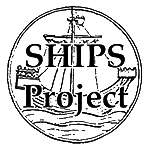
![]() .
.![]() .
.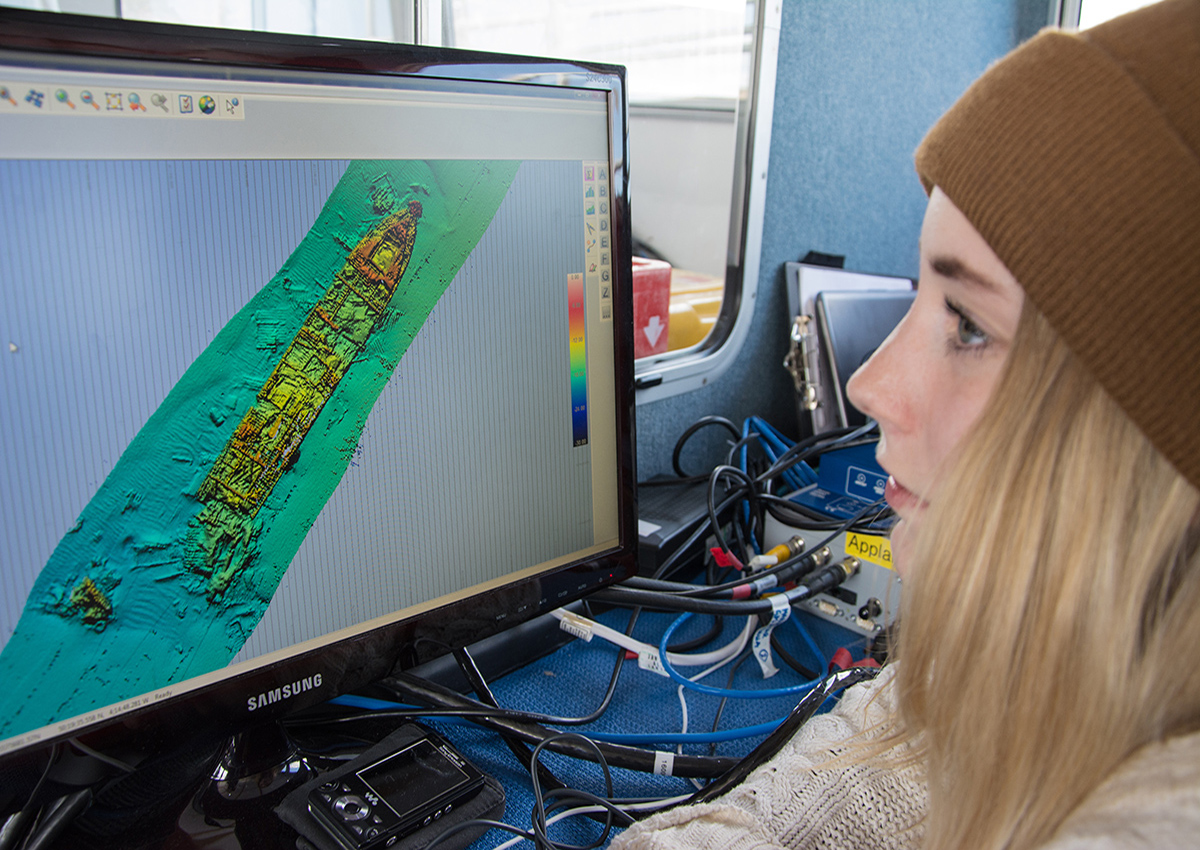
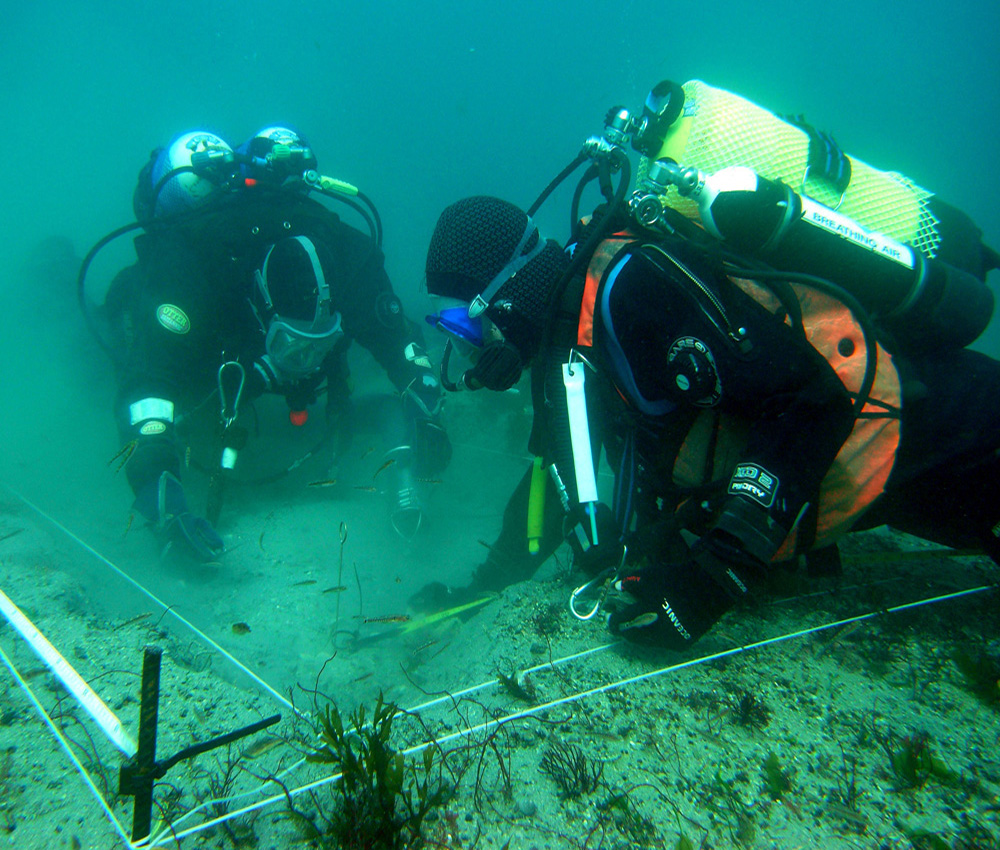
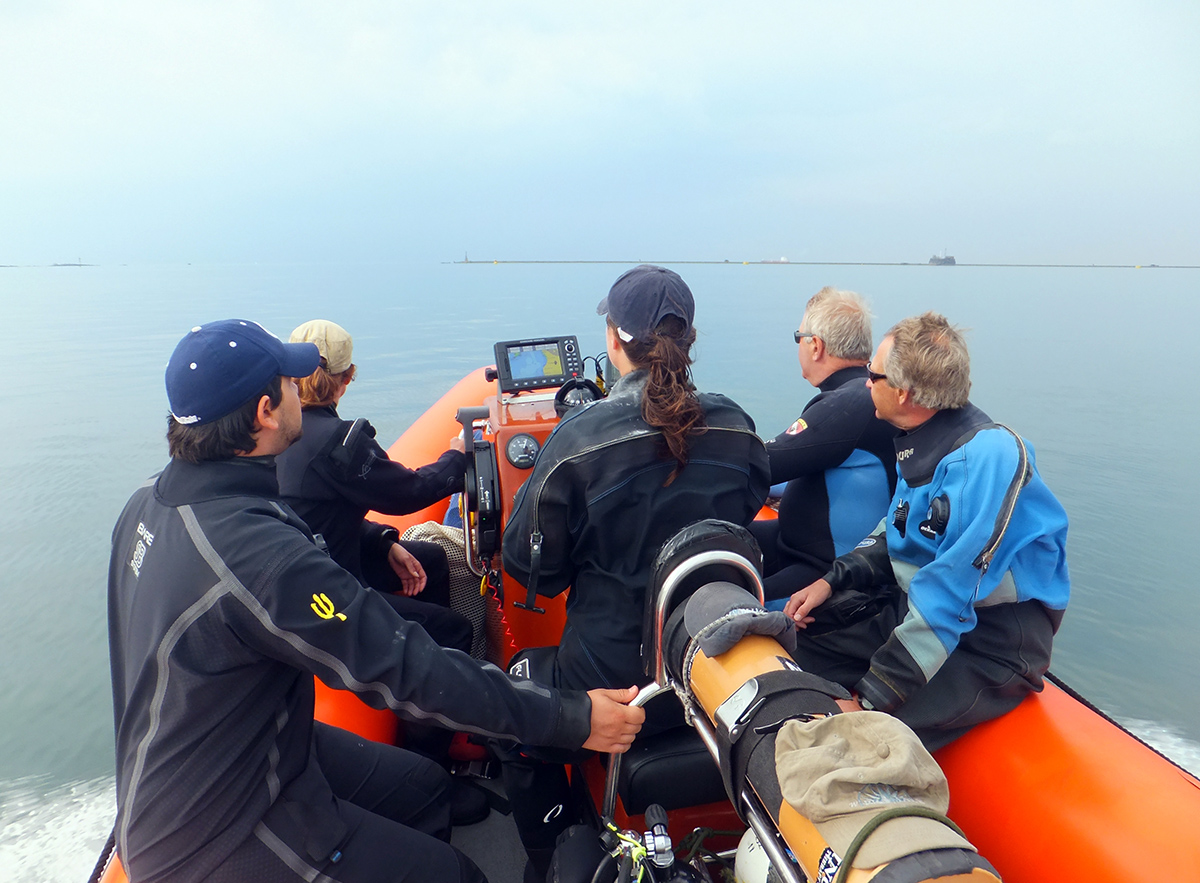
s.jpg)
